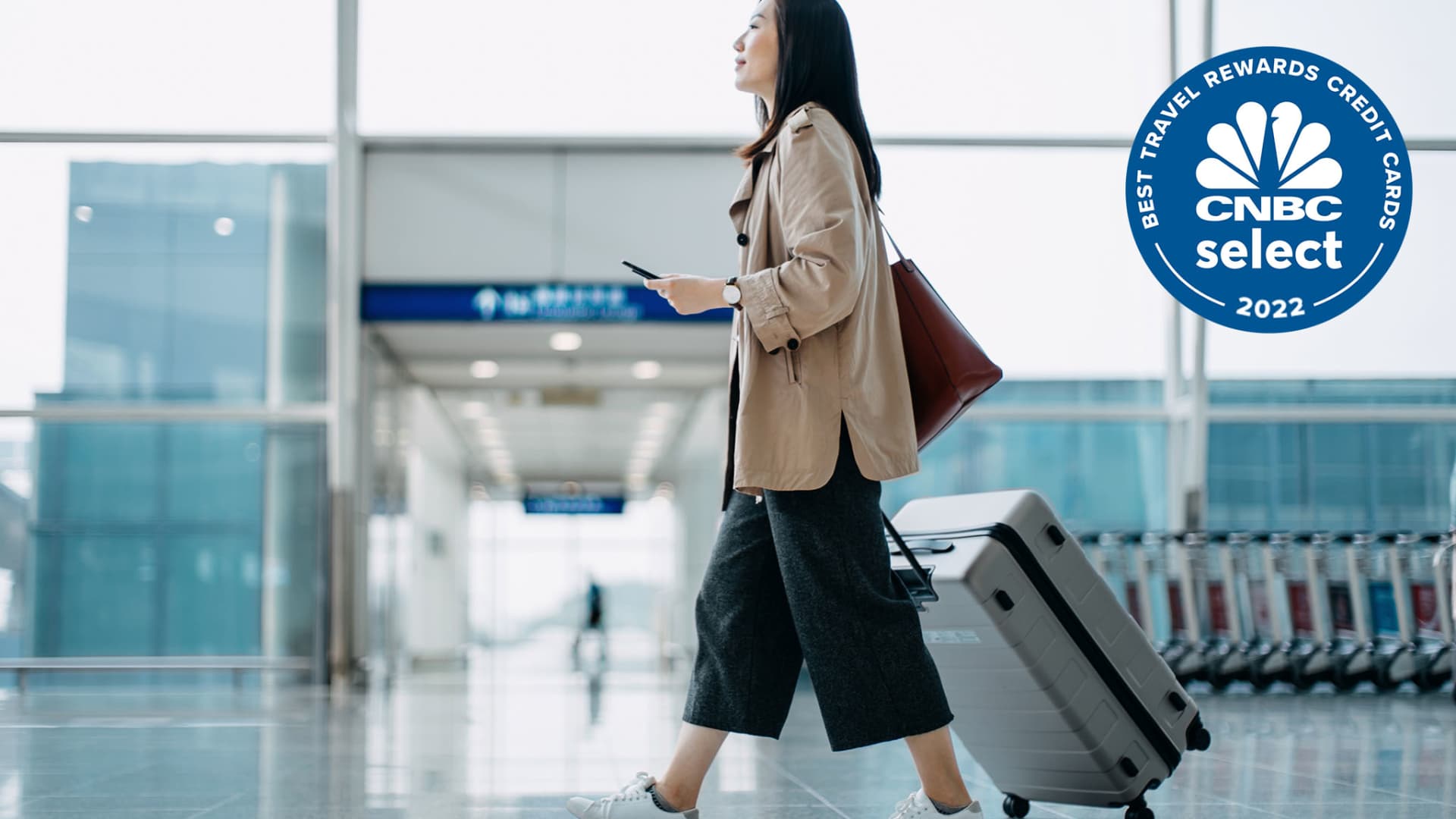D3sign | Moment | Getty Images
Travelers are shifting their holiday getaway plans to avoid busting their budgets amid high inflation, according to a new Bankrate survey.
Forty-three percent of U.S. adults are planning to take overnight leisure trips between Thanksgiving and New Year’s; of them, 79% are adapting to rising prices for travel in various ways, according to the survey.
For example, 26% are shortening their trips, 25% are selecting cheaper accommodations or destinations, 24% are taking fewer trips, 23% are traveling shorter distances and 23% are driving instead of flying, according to the survey.
More from Personal Finance:
The job market is cooling but workers still have power
This is the best time to apply for college financial aid
GOP challenges to Biden’s student loan forgiveness plan put debt relief in jeopardy
The dynamic disproportionately impacts travelers with lower household incomes: 86% of those with less than $50,000 of annual income are adjusting their travel plans versus 70% of those earning more than $100,000, according to Bankrate.
“Travel costs have surged, so it’s important to plan ahead and factor these expenses into your overall holiday budget,” Ted Rossman, senior industry analyst at Bankrate, said.
“I suggest making airplane and hotel reservations earlier than in previous years, since demand will probably outpace supply,” he added. “This summer, air travel was particularly messy as consumers unleashed pent-up demand and the industry couldn’t keep pace.”
Costs for airfare, hotels and rental cars had been rising quickly through 2021 along with consumer prices in the broader U.S. economy, though retreated a bit in recent months.
Airline fares in August were up 33% versus a year earlier and by 9.3% relative to 2019, according to the consumer price index, an inflation gauge.
Meanwhile, rental car prices were down 6.2% versus August 2021, while hotel lodging was up 4.5% and gasoline prices increased 25.6% over the same period. Dining out at restaurants is also 8% more expensive.

